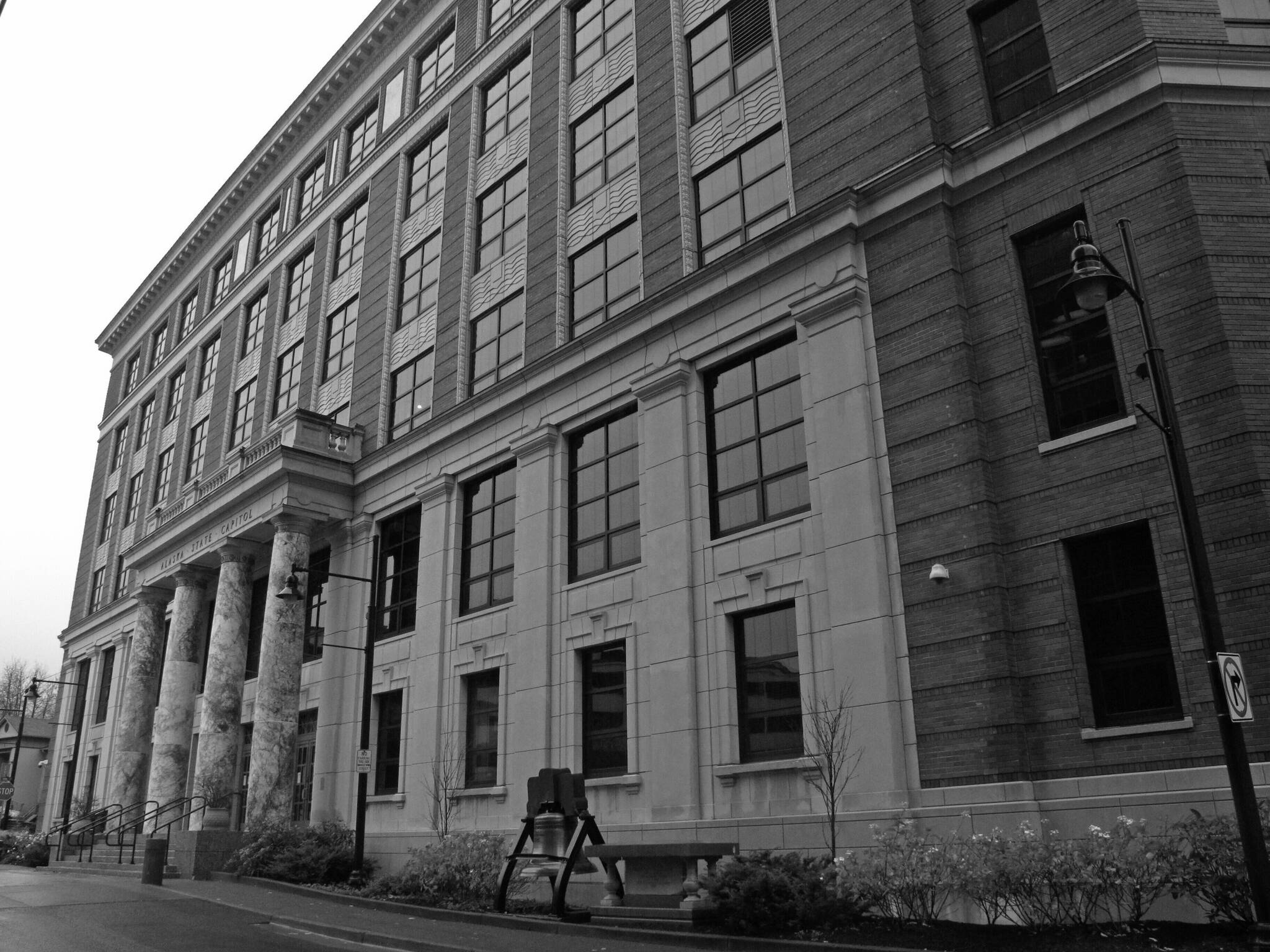Associated Press
What was once a joyous fall rite in Alaska has become another thing for people to bicker about — the amount of money residents receive from the state’s oil wealth.
Checks of $1,114 are expected to be paid to about 643,000 Alaskans, beginning this week. Some will say politicians short-changed them; estimates indicated checks would have been in the $3,800-range if a calculation, still on the books but last followed in 2015, had been used. But not everyone shares that view. Some see the check as a nice extra boost regardless.
People use the money in different ways, including for vacations, electronics, savings or college funds or necessities. In places like rural Alaska, the money can help with the high costs of fuel and food.
Lisa Sundborg, general manager of Fairbanks-based Alaska Petroleum Distributing, said customers sometimes use their dividends for fuel or put it in their accounts for fill-ups later in the winter.
The company, among other things, delivers heating oil, diesel and gas to an area where temperatures can fall well below zero in the winter. She said $1,100 could get about 350 gallons of home heating oil.
“It’s not just all TVs from Costco,” Sundborg said of how dividends are spent. “A lot of people use it to supplement their energy costs in winter. We do definitely see an influx of people just putting the money down to use for later if they don’t need it right now.”
Some businesses run sales around dividend-distribution time. Alaska Airlines, a major air carrier in the state, is running a fare sale.
Joe Manning, who manages the Alaskan Kush Co., a marijuana business, also is planning sales and hoping for a bump in business at the shop in downtown Juneau as dividends go out. He said there was an influx in sales earlier this year when federal pandemic relief checks were paid.
Manning said he worked as a chef before the pandemic but changed careers last year. He said restaurant work, including the long hours, took a toll on his body and that he’s happy with the move, which has allowed him advancement opportunities with the cannabis operation.
He said he usually tries to spend much of his dividend locally. He said he sees the dividend as a “cherry on the top” and a way to help stimulate the economy.
Alaskans must meet residency requirements to qualify for a check. Last year’s check, paid in the summer amid pandemic-related economic concerns, was $992. Checks have been below $1,000 only five times in the last 20 years. Checks in both 2018 and 2019 were around $1,600.
Pat Race, a co-owner of the Alaska Robotics Gallery in Juneau, said he would like to see a dividend paid in perpetuity and said he thinks a check around $1,200 is “still pretty significant for most people.”
Race said the dividend usually allows him to “square everything up and make sure everything’s paid off and have a little bit of extra walking around money for Christmas.” But he said this year he’ll probably put some of his dividend in his retirement account, use some for gifts and “the rest will probably just kind of disappear into my bank account.”
“The reality of it is that, this is one of the few years of my life that I could probably go without it, which is just good luck,” he said. Race said he also donated through a program that allows dividend recipients to give a part of their check to charitable and other organizations.
The debate over how much should go to dividends has dominated legislative sessions in recent years, contributing to gridlock and becoming a flashpoint as lawmakers have come to rely on permanent fund earnings, traditionally used for checks, to help pay for government amid flagging oil revenues.
This year’s check draws from general funds and savings and amounts to what many lawmakers said the state could afford without exceeding a limit on withdrawals from the earnings of the oil-wealth permanent fund. Others said the withdrawal limit can be breached and argued for larger checks. As of Aug. 31, $7.3 billion in earnings was uncommitted, according to the Alaska Permanent Fund Corp.
Alaska Gov. Mike Dunleavy has pushed for a 50-50 split of what’s taken from the nest-egg permanent fund for government and dividends. The administration has estimated checks would have been more than $2,300 this year under that approach.
There is interest in settling the dividend debate but no consensus on what the decades-old program should look like going forward.
Simply setting a dividend amount, rather than having it connected to a formula, has been “detrimental” toward “keeping the trust of Alaskans that they’re not last in line,” said Senate President Peter Micciche, a Soldotna Republican.
The dividend “is a staple that’s actually sort of become a symbol of Alaska, whether people like it or not. That’s just the reality,” he told reporters this week. “And if it feels like it’s too far down the line on priorities by not having a system that pays out what they view as being adequate, we will continue to have this struggle.”


